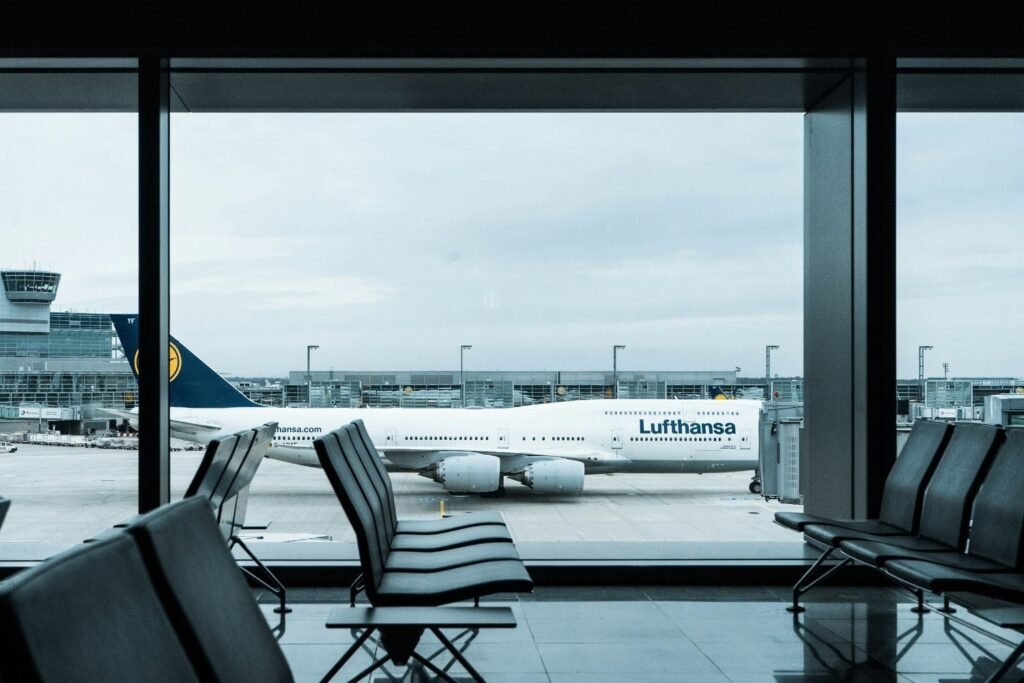Five Closed Skies: Gulf Left Without Flights Due to Crisis with Iran

In the early hours of Monday, several Gulf States made a drastic decision: to completely block their airspace. Initially, it was only leaked that “more than one country” was implementing the measure; the reason—and the full list—took a few hours to be confirmed. The news reached its pinnacle when sirens sounded in Doha: Iranian missiles had been intercepted over the US base of Al Udeid. This was the spark that led Qatar, Kuwait, the United Arab Emirates, Bahrain, and Iraq to close the sky and leave thousands of flights in limbo.
### The escalation that caused panic in the air

The chain of events began 48 hours earlier, when US B-2 bombers struck Fordo, Natanz, and Isfahan. Iran retaliated by firing at Al Udeid, the headquarters of the US Central Command in the Middle East. Although the Qatari Patriot battery intercepted the missiles, the scene—bright trails in the sky over Doha—was enough for aviation managers to pick up the red phone. In less than 30 minutes, the Civil Aviation Authority of Qatar announced: “Airspace closed to all unauthorized civilian and military traffic.” The domino effect was immediate. Bahrain—whose capital hosts the US Fifth Fleet—called the attack an “unacceptable risk” and suspended takeoffs and landings. Kuwait, with increasing traffic to Europe and Asia, did not want to be exposed; the Civil Aviation Directorate ordered incoming flights to be diverted to Riyadh and Muscat. Even the UAE, despite its focus on tourism, closed corridors over Abu Dhabi and Dubai, leaving dozens of A380 giants on the ground.
### Immediate Impact: Stranded planes and financial turbines

The Persian Gulf, by closing five of its hubs, airlines have to bypass the Arabian Peninsula, adding up to 90 minutes and thousands of liters of fuel per route. Singapore Airlines, Air France, and British Airways canceled connections to Doha and Dubai; Qatar Airways suspended operations and enabled express refunds on its app, while Emirates reroutes flights via Jeddah or Salalah. DHL and FedEx cargo firms transport perishable containers to Dammam; a single day of closures can cost them several million dollars in productivity. The crude oil market is also affected: if tension persists, traders predict that Brent will exceed $105/bbl because airspace closures usually foreshadow maritime restrictions in the Strait of Hormuz, through which 20% of the world’s oil flows.
### What could happen now? Short-term scenarios

1. **Gradual reopening (optimistic)**: If Washington and Tehran agree to a technical ceasefire, the NOTAMs could be lifted in 48–72 hours. Transit would normalize in a week with minimal surcharges on ticket prices.
2. **Prolonged partial blockade (realistic)**: Qatar and Bahrain will keep airspace closed, while Kuwait and the UAE open daytime corridors. Extra costs for fuel and insurance could add up to 12% on some routes.
3. **Expansion of conflict (pessimistic)**: New missiles on US bases in Iraq or on energy infrastructure in Saudi Arabia would force ICAO to declare a regional no-fly zone. The price of a barrel could rise to $135.
For travelers, the recommendation is to monitor official channels and avoid bookings with layovers in the Gulf until the “red” alerts drop to “amber” level. Western embassies insist on stocking up on water, medications, and having passports ready for possible emergency evacuations. [Source:]







